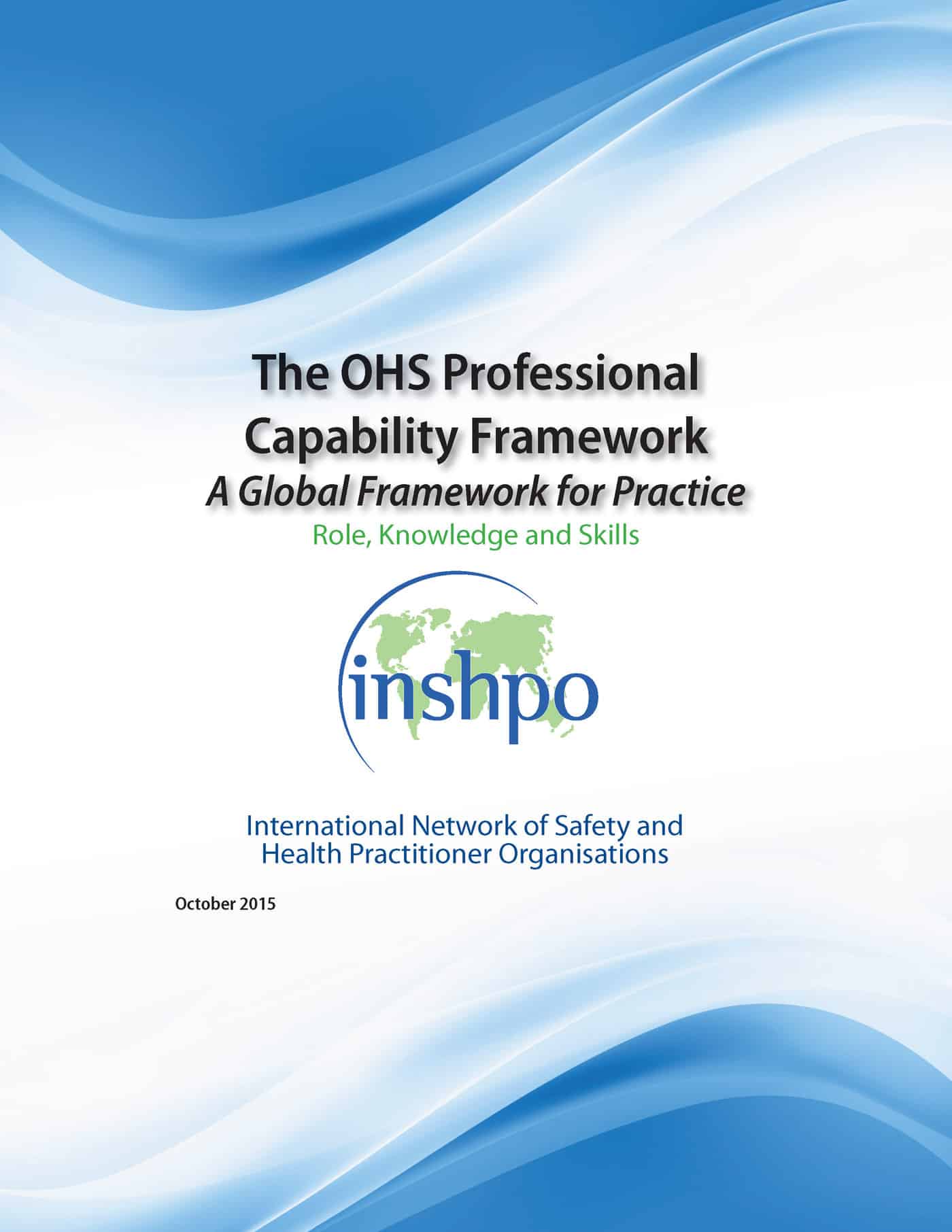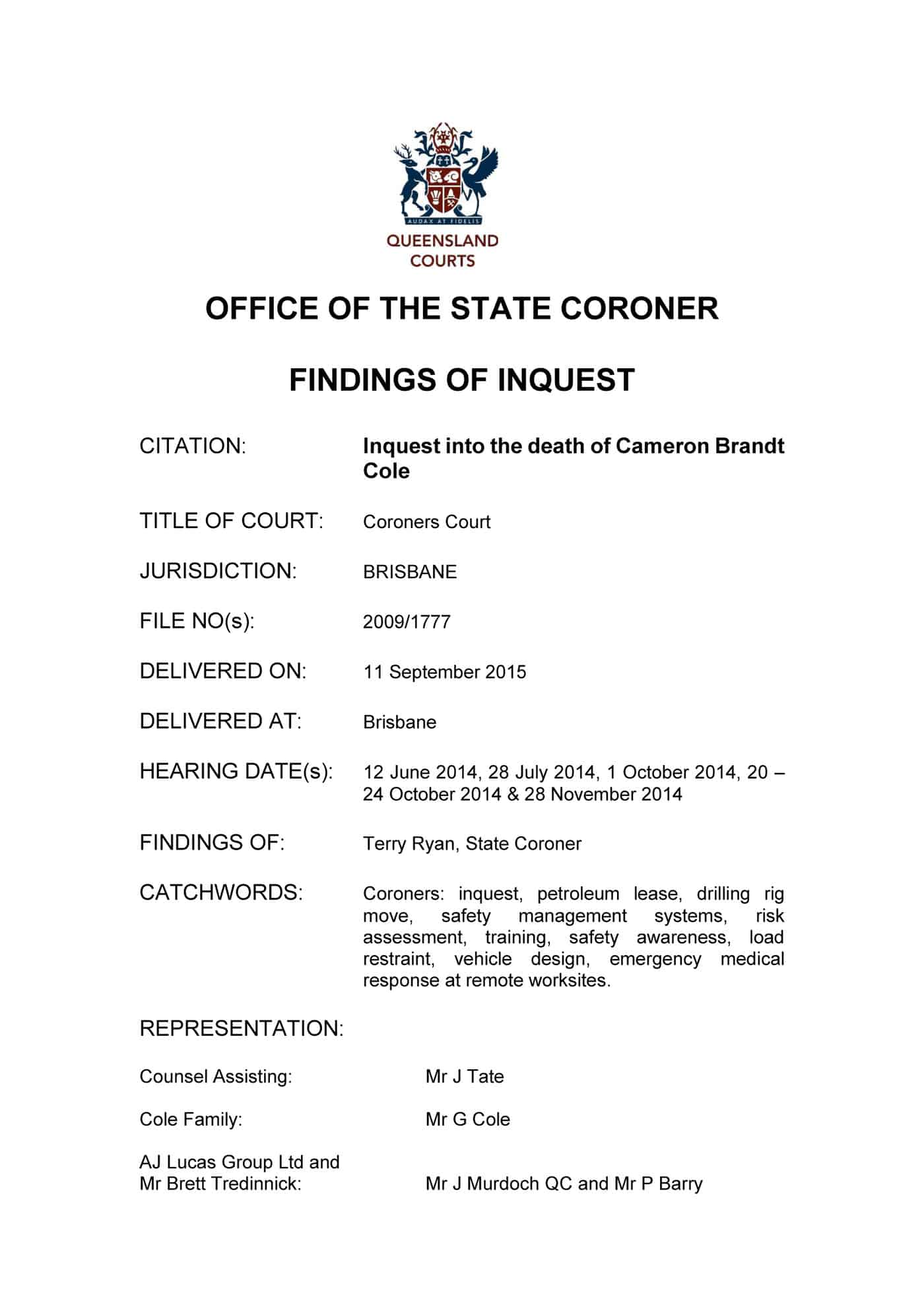Australia’s latest Prime Minister, Malcolm Turnbull, has a strong background in technology investment and is urging the country to embrace innovation. This has generated a focus on information technology start-ups but it may also create opportunities for occupational health and safety (OHS) professionals, if they are willing to change.
There has been a quick growth in



 1300 occupational health and safety representatives in one room provides a great deal of passion about workplace safety. These are not the OHS suits, the regulators or the safety app spruikers that other conferences attract.
1300 occupational health and safety representatives in one room provides a great deal of passion about workplace safety. These are not the OHS suits, the regulators or the safety app spruikers that other conferences attract. A
A